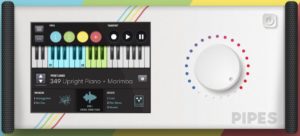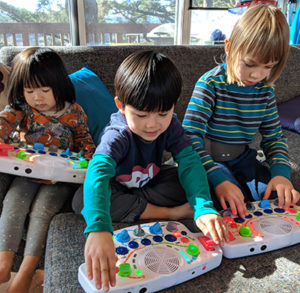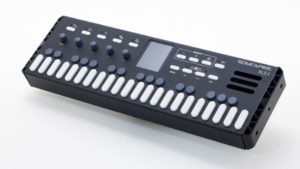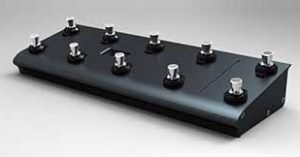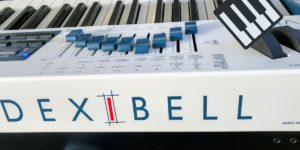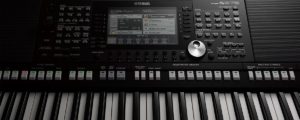Check out the obligatory Yamaha video which summarizes the OS 2.0 update. Also, catch Yamaha’s Blake Angelos in the Sonicstate video. [Hold that camera steady, dude!] Catch Blake (again) in the Ask.Audio video — wormholes in the sonic universe. Gratefully, there isn’t too much background noise behind either interview and Blake is still fresh!
Sample Robot Pro Montage Edition is a tool to capture the sounds of your vintage keyboards. (Check the Sample Robot site, too.) It sends MIDI notes to the vintage board and captures an audio sample for each note. Of course, it does this at different velocities making it easy to build velocity-switched voices. Hmmm, I’ll be looking at Sample Robot closely (once it’s released) to see if I can apply it to Genos™ and Yamaha Expansion Manager (YEM). Available in April 2018.
Another big addition to the Montage software ecosystem is the John Melas tool suite for Montage.
Read more about everything in the latest Yamaha/Easy Sounds Music Production Guide (PDF).
Quoting the Yamaha press release:
Yamaha today released MONTAGE OS version 2.0, the fourth free firmware update to its flagship synthesizer line. Yamaha has continuously updated MONTAGE with new content as well as sound, control and workflow enhancements. Now, MONTAGE OS v2.0 adds full Voice and Performance compatibility with recent MOTIF series instruments, additional control and workflow improvements.
MONTAGE adds full Voice and Performance compatibility with the Yamaha MOTIF XF, MOTIF XS and MOXF music production synthesizers. The MOTIF family dominated the music production synthesizer world for over 15 years. Now, MOTIF users can have confidence that their favorite sounds will load seamlessly into MONTAGE and perform without a hitch.
MONTAGE users have always been able to employ the free FM Converter web app at yamahasynth.com/fmconverter to convert DX7, DX7II, TX816 and TX802 Voices and Performances to MONTAGE Performances. Coupled with the Advanced Wave Memory 2 sound engine in MONTAGE and compatibility with legacy MOTIF content, musicians now have access to the largest and most established hardware synthesizer sound library in the world – a sonic palette that has been expanding and developing for over 35 years.
User-friendliness is essential in both modern studio and live-gig rigs, and MONTAGE OS v2.0 makes it easier to assign synth parameters to controllers such as the knobs, faders and Super Knob. For example, moving any physical controller now immediately shows destinations on the Controller Overview page. Several other workflow enhancements make it easier for musicians to interact with the vast MONTAGE Motion Control Synthesis.
Additional new features include a global setting for the A/D (external audio) input, which overrides the setting at the Performance level. This is useful for gigs or sessions where the player is using the input for the same purpose across all Performances. MONTAGE OS v2.0 also adds 87 new Performances, further expanding the amazing onboard content.
Yamaha MONTAGE OS v2.0 is a free update that will become available to all MONTAGE users on February 7.
This is big news for Montage folks!

